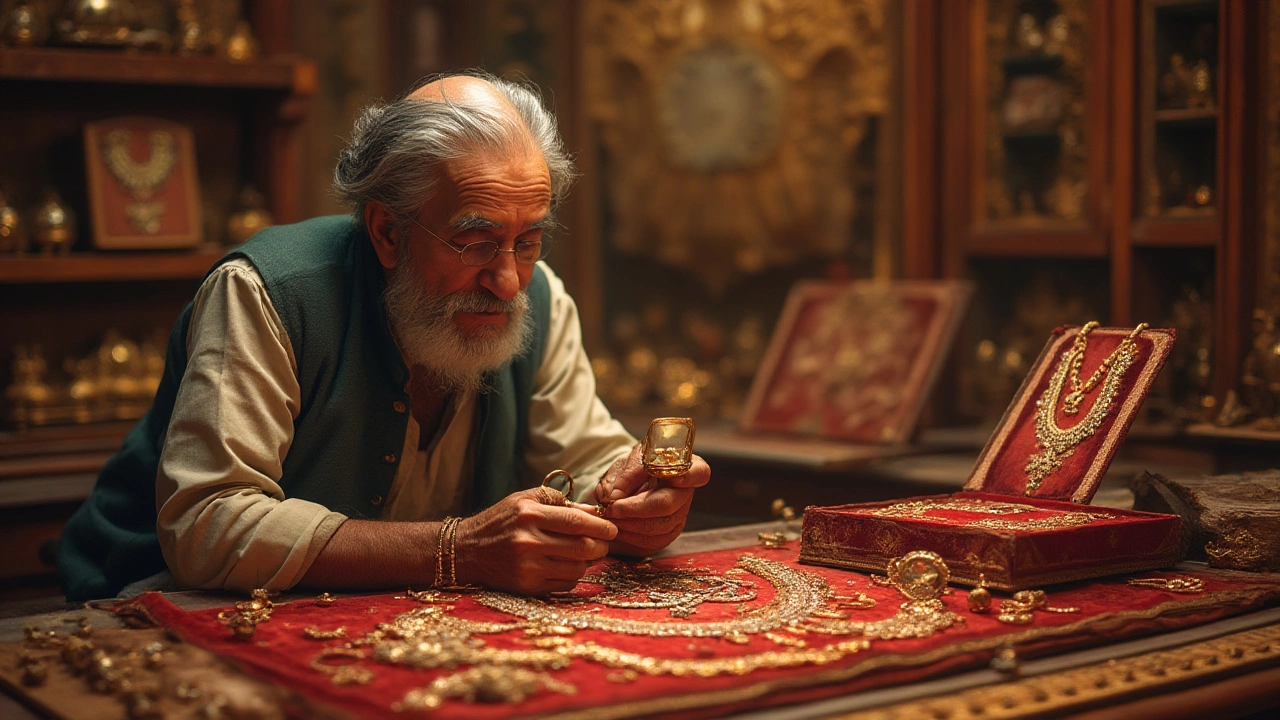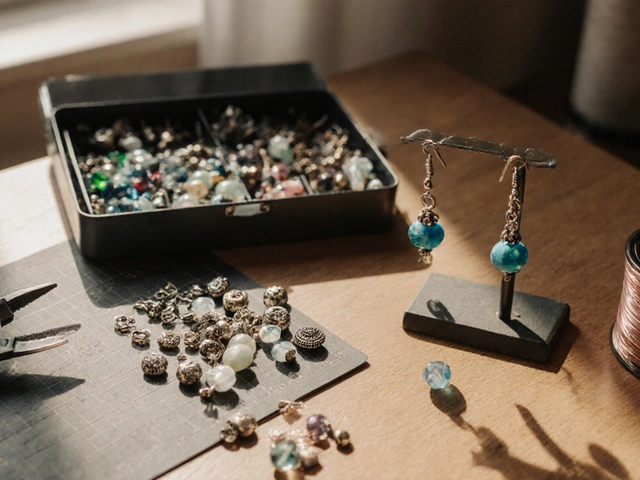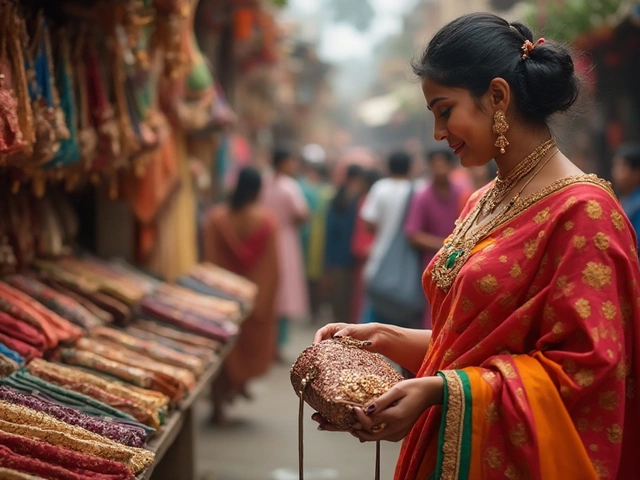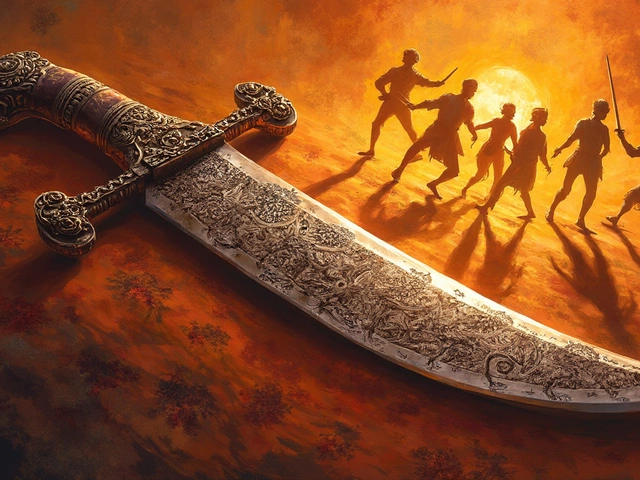Jewelry Collecting: A Practical Guide for Beginners and Hobbyists
If you love the sparkle of a gold chain or the story behind an old brooch, you’re already thinking like a collector. The good news? Starting a jewelry collection doesn’t need a huge budget or a degree in gemology. With a few simple habits you can build a stash that looks great, holds value, and stays safe for years.
Know What You’re Buying: Gold, Silver, Diamonds, and Vintage Pieces
The first step is to recognize the basics. Gold is marked with a purity stamp – 22K (or 875) means 91.6% pure, while 18K (750) is 75% pure. Look for the BIS hallmark in India; it guarantees the metal’s content. Silver often shows a ‘925’ or ‘833’ stamp, indicating 92.5% or 83.3% purity. When you spot a piece without any mark, ask the seller for a test or a certificate.
Diamonds are a whole other game. The 4Cs – cut, color, clarity, carat – drive price. Use a loupe to check for inclusions and read any grading report. Remember, a high‑carat stone with poor cut can look dull, while a well‑cut smaller diamond may sparkle more.
Vintage jewelry brings history into play. Look for signature styles (Art Deco, Victorian) and know the hallmarks of old Indian workshops. A piece with a known maker’s stamp often carries more resale value than a generic design.
How to Spot Fakes Quickly
Even seasoned collectors get duped sometimes. The magnet test is a fast trick: real gold and silver won’t attract a magnet, while many plated items will. Weigh the piece – gold feels heavier than its look suggests. Check the edges for uneven plating or solder marks, which hint at a fake.
Ask the seller for provenance. A trusted dealer will show receipts, certificates, or a clear return policy. If a price looks too good to be true, it probably is.
Storing and Protecting Your Collection
How you store jewelry matters as much as how you buy it. Keep each item in a soft pouch or a lined jewelry box to avoid scratches. For high‑value pieces, use a fire‑proof safe or a safety deposit box. Keep a spreadsheet or photo catalog with details like purchase date, price, hallmarks, and any certificates – this makes insurance claims and resale easier.
Humidity can tarnish silver and affect gemstones. A small silica gel packet inside your storage box helps keep the environment dry. Rotate pieces regularly so no single item gets constant pressure or exposure.
Buying Smart and Growing Value
Think of your collection as a long‑term investment. Gold and high‑quality diamonds tend to hold value, especially when market prices rise. Vintage pieces from renowned Indian workshops can appreciate if they’re rare and well‑preserved.
Timing matters. For gold, buying in months when prices dip (often post‑festival season) can save you money. Keep an eye on BIS price updates and avoid impulse buys during hype spikes.
When you’re ready to sell, choose platforms with verified buyers – auction houses, reputable online marketplaces, or trusted jewelers. Provide all documentation you have; clean, well‑presented pieces fetch higher bids.
Collecting jewelry is as much about passion as it is about knowledge. Start with a clear idea of what you like, learn the basic marks, protect your pieces, and keep records. Over time you’ll see your stash not only look amazing but also become a solid, rewarding asset.
How Old Must Jewelry Be to Be Considered Antique? Modern Guide to Antique Jewelry Age
Wondering what makes jewelry 'antique'? Learn the key age cutoff, insider facts, dating tips, and what separates antique pieces from vintage.





